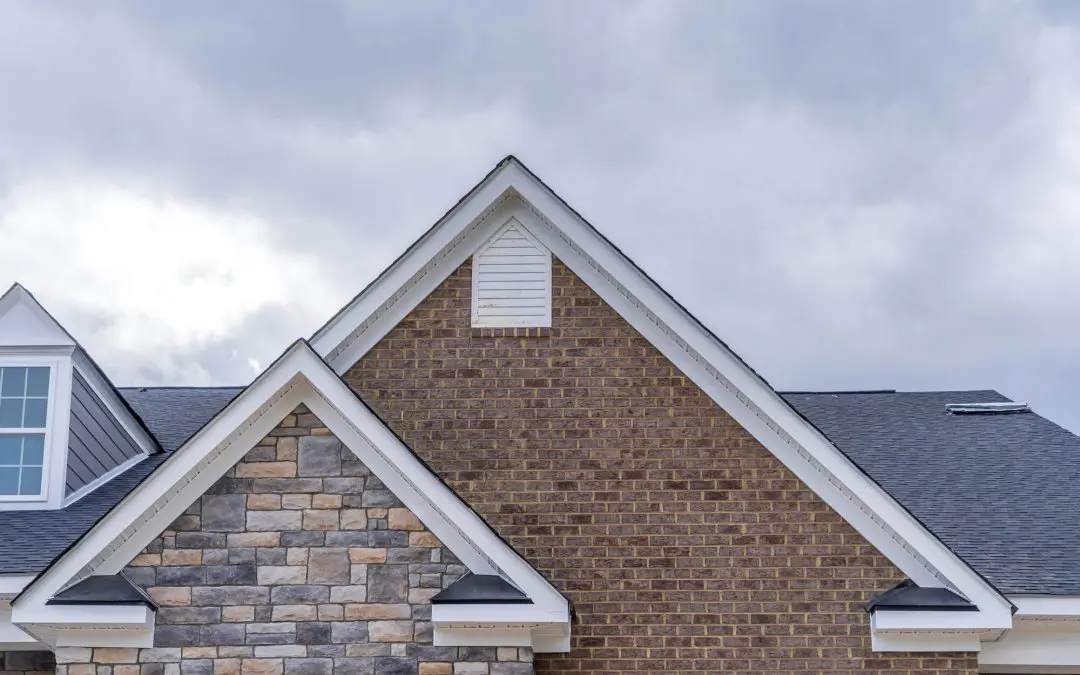Let’s talk about attic ventilation. It’s not the most exciting topic on the planet, but if you own a home, you should definitely understand it. A well-ventilated attic can make a big difference in how your home performs—especially when it comes to comfort, energy efficiency, and protecting your roof. If you’ve ever walked into your attic in the middle of summer and felt like you opened the door to an oven, you already know how hot it can get. Poor attic ventilation leads to moisture problems, mold, roof damage, and higher utility bills.
So, let’s examine why attic ventilation matters, how it works, and what you need to know about it.
What Is Attic Ventilation, Anyway?
Attic ventilation is simply the movement of air in and out of your attic space. The goal is to keep the temperature and humidity levels in check. Good ventilation keeps hot air and moisture from building up, which protects your roof and helps your HVAC system work more efficiently.
The system usually includes intake vents (like soffit vents) that pull in cooler outside air, and exhaust vents (like ridge or gable vents) that push out warm, moist air. When this system works properly, it creates a steady airflow through the attic, keeping things balanced.
Why It’s So Important
When your attic doesn’t have enough ventilation, things can start to go wrong. In the summer, all that trapped heat can cause your air conditioner to work overtime. That means higher energy bills and more wear and tear on your HVAC system.
In the winter, poor ventilation causes moisture to build up from activities like showers, cooking, and even breathing. That moisture collects in the attic, leading to mold, mildew, and wood rot. On top of that, when warm air from your living space rises and meets a cold roof, it can cause snow on your roof to melt and refreeze at the edges—this creates what’s known as ice dams. Ice dams can lift shingles and let water seep into your roof, causing damage.
Ensure your attic has the right balance of intake and exhaust ventilation to avoid all of this.
Common Signs of Poor Ventilation
You don’t have to be an expert to spot problems. Some warning signs are pretty easy to notice. If your attic feels like a sauna in the summer or you see frost or condensation on the rafters in winter, you’ve probably got a ventilation issue.
Other signs include musty odors, mold growth, or even shingles that look warped or prematurely aged. And if your utility bills have been creeping up without a clear reason, your attic could be working against you.
How to Improve Attic Ventilation
The first step is knowing what you’re working with. A professional home inspection or roofing contractor can assess your current setup. Sometimes, homes have plenty of vents but they’re blocked by insulation or debris. Other times, there just aren’t enough vents to begin with.
Fixing the issue might be as simple as adding more soffit vents or installing a ridge vent. In some cases, especially with older homes, mechanical ventilation (like attic fans) might be the best solution to move air more effectively.
The key is to make sure you’re not just adding exhaust without enough intake—that can create negative pressure and actually pull conditioned air out of your living space, which defeats the purpose.
Don’t Forget the Insulation
Ventilation and insulation go hand in hand. You need insulation to keep heat from escaping your home in winter or getting in during the summer. But if your attic is poorly insulated or if the insulation is blocking your vents, you’ll run into problems.
Properly installed baffles (also called vent chutes) help keep air flowing from the soffit vents up into the attic, even when the insulation is thick. If you’re thinking about upgrading your insulation, it’s a great time to make sure your ventilation is dialed in too.
If you’re not sure whether your attic is helping or hurting your home, don’t sweat it—just get it checked out. It’s a simple step that can protect your roof, lower your bills, and make your home way more comfortable, year-round.
FAQs About Attic Ventilation
How do I know if my attic is adequately ventilated?
You might not notice any issues right away, but signs like extreme heat in the attic, mold growth, condensation, or high energy bills could point to poor ventilation. An attic inspection is the best way to find out for sure.
Is more ventilation always better?
Not necessarily. It’s all about balance. You need the right ratio of intake to exhaust. Too much exhaust without enough intake can create negative pressure and pull conditioned air from inside your house.
Can I add vents myself, or should I hire a pro?
Some homeowners tackle basic ventilation improvements on their own, like clearing soffit vents or adding vent baffles. But it’s usually best to bring in a professional for anything involving roofing, cutting holes, or adjusting airflow systems.
Will attic ventilation lower my energy bills?
Yes, if your attic is currently trapping heat or moisture, better ventilation can ease the strain on your heating and cooling systems, which can lead to lower utility bills.
Do attic fans help with ventilation?
They can, especially in homes where passive ventilation isn’t enough. But they need to be installed and used correctly—otherwise, they might end up pulling air from your living space instead of from outside.
Drew Inspection Service provides home inspections to customers in western South Dakota. Contact us to schedule an appointment.

